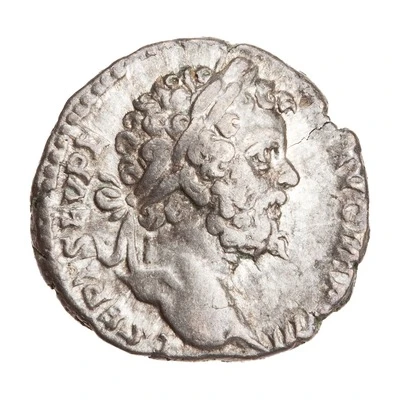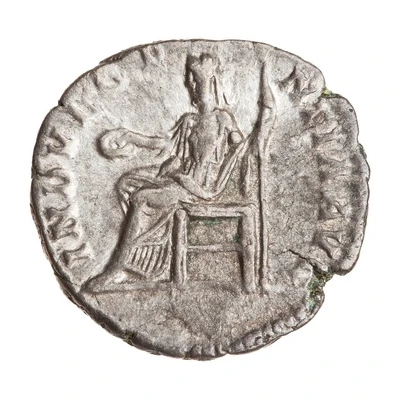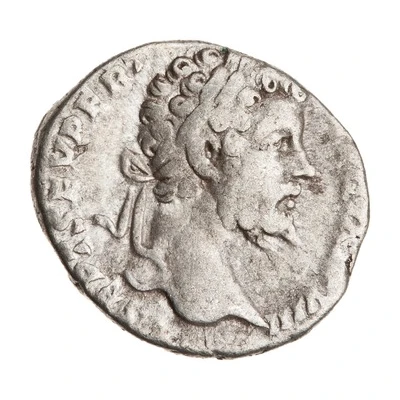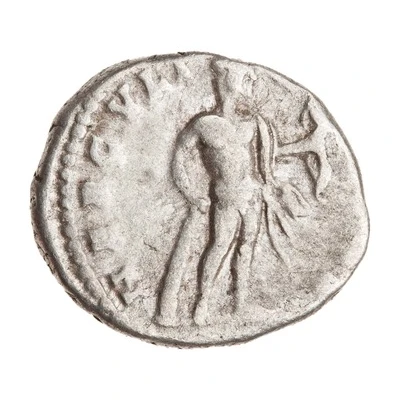


© American Numismatic Society (ANS)
Denarius - Septimius Severus INDVLGENTIA AVG; Indulgentia
| Silver | 2.9 g | 17.5 mm |
| Issuer | Rome › Roman Empire (27 BC - 395 AD) |
|---|---|
| Emperor | Septimius Severus (Lucius Septimius Severus) (193-211) |
| Type | Standard circulation coin |
| Years | 196-197 |
| Value | 1 Denarius |
| Currency | Denarius, Reform of Augustus (27 BC – AD 215) |
| Composition | Silver |
| Weight | 2.9 g |
| Diameter | 17.5 mm |
| Shape | Round (irregular) |
| Technique | Hammered |
| Orientation | Variable alignment ↺ |
| Demonetized | Yes |
| Updated | 2024-10-05 |
| Numista | N#269132 |
|---|---|
| Rarity index | 97% |
Reverse
Indulgentia, draped, seated left on low seat, holding patera in extended right hand and scaptre in left hand.
Script: Latin
Lettering: INDVLGENTIA AVG
Translation:
Indulgentia Augusti.
Indulgence of the emperor.
Comment
Mass varies: 2.57–3.44 g;Diameter varies: 17–18 mm;
Example of this type:
American Numismatic Society (ANS)
Source:
Online Coins of the Roman Empire (OCRE)
Interesting fact
The Denarius - Septimius Severus (INDVLGENTIA AVG; Indulgentia) coin was minted during the reign of Emperor Septimius Severus, who ruled the Roman Empire from 193 to 211 AD. This coin was part of a series of coins minted to promote the emperor's image and propaganda, and it features the emperor's portrait on one side and the goddess Indulgentia on the other. The coin's design was meant to convey the message that the emperor was a just and indulgent ruler, and that he was favored by the gods. It's interesting to note that the coin's design and message were carefully crafted to promote the emperor's image and to reinforce the idea that he was a strong and capable leader. The coin's silver content and weight were also carefully controlled to ensure that they met the standards of the Roman Empire's currency. Overall, the Denarius - Septimius Severus (INDVLGENTIA AVG; Indulgentia) coin is a fascinating piece of history that provides insight into the political and economic practices of the Roman Empire during the 2nd century AD.

